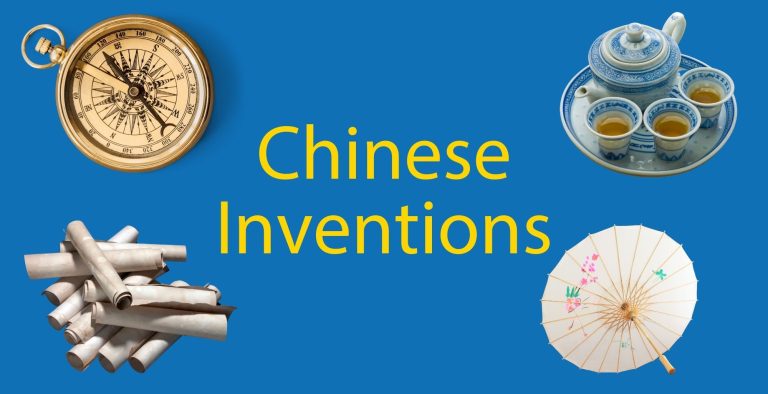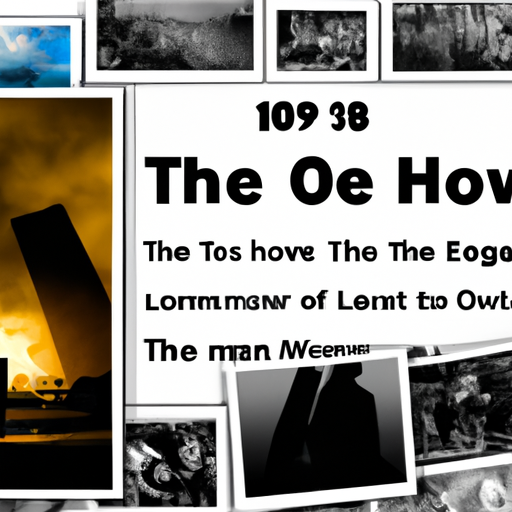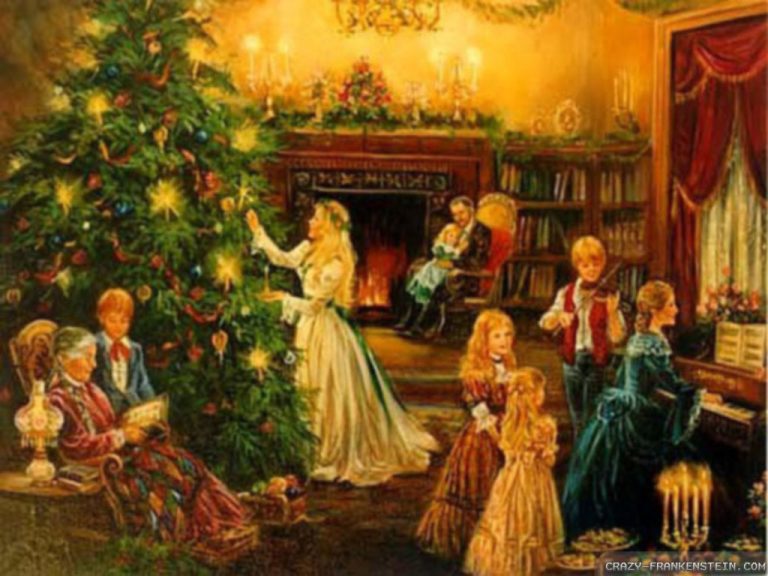A History of Victorian Society: An Overview of Life in the 19th Century
Unearth the secrets of a bygone era, and examine how its reverberations are felt even today. Delve into the annals of Victorian society, and discover how it has shaped the world we inhabit. Unveil the mysteries of this influential period, and ponder how it continues to influence our lives. Investigate the impact of this significant epoch, and contemplate its far-reaching effects on our current day existence.

Venturing into the past, we can find that the Victorian era is a captivating chapter of history. With industrialism’s emergence and Queen Victoria’s ascension to the throne, this period left an indelible mark on our modern world. To comprehend what our lives look like now, it is essential to examine how industrialization shaped our economy, how Victoria’s rule transformed politics, and how social norms have changed since then. From literature to art to fashion, we can still see remnants of the Victorian age in many aspects of our lives today. Delving further into this epoch can provide us with invaluable insight into who we are as individuals in our present day society and culture.
.
Introduction

Amidst a period of drastic transformation, Victorian society was an intricate and oftentimes incongruous amalgamation of progress and conventional rigidity. The British Empire broadened its reach, while government and industry structures underwent considerable modifications. Science and technology achieved remarkable feats, while the middle class grew in size and influence. In this era of rapid change, the Victorians had a deep-rooted appreciation for tradition yet also welcomed modern concepts and inventions. Many public health improvements were made, as well as advances in education, transportation systems, communication methods, production techniques, and more. Despite these advancements, however, social stratification was still entrenched with stringent regulations dictating proper conduct for all classes. This ultimately led to a culture of limited mobility and widespread poverty.
– History of Victorian Society
A period of bewildering industrialization and economic prosperity, the Victorian era (1837-1901) saw a flurry of revolutionary changes in social constructions and infrastructure, from the growth of cities to an expansion of education. The introduction of steam power and railroads revolutionized transportation and communication. All aspects of life were affected by these developments, leading to a distinct stratification between classes; while the upper class was largely composed of aristocracy and wealthy landowners, the middle class included merchants, professionals, and factory owners, while the lower classes were made up mainly of unskilled workers living in poverty. Women were expected to remain at home in their traditional roles as wives and mothers; however, some did gain access to education or employment outside the home.
Religion was also prevalent during this time period with most people belonging to either the Church of England or one of its Protestant offshoots. Education was seen as important for children from all backgrounds; although public schools were available for those who could afford them, private institutions were more common among wealthier families.
The Victorian era was an age that produced great progress in many fields such as science, technology, philosophy, literature, art, music, fashion and more – all contributing to today’s modern culture. Despite its flaws – like its strict social hierarchy – it is undeniable that this era brought about great change.
– Social Hierarchy in Victorian England
A perplexing and tumultuous time in English history, the Victorian era saw a rigid social hierarchy with the upper classes reigning supreme, followed by gentry, merchants and tradesmen, and finally agricultural laborers. The industrial revolution had a major effect on this structure, providing economic growth and more possibilities for those who had been previously excluded from higher levels of society. Unfortunately, it also widened the gap between rich and poor as those who owned factories or businesses gained immense profits while workers lived in poverty-stricken conditions with no hope of improving their circumstances. This contrast was evident in education, healthcare, housing standards, and access to leisure activities.
Gender disparities were likewise present during this period; women were confined to domestic roles with no legal rights or access to education like men had. They were expected to be submissive to their husbands and fathers, thus being seen as inferior both socially and economically. Despite these strict social boundaries during Victorian England there was some movement between classes due to economic changes or marriage into different families. Yet overall it can be said that social hierarchy remained largely unchanged until after World War I when increased educational opportunities for all led to greater equality across all classes regardless of background or gender.
– The Impact of Industrialization on Victorian Society
The Victorian period saw a shift of immense proportions, one that would alter the course of history. The Industrial Revolution brought forth an array of new technologies and inventions that revolutionized production, transportation, and access to resources. This led to an expansion in economic prosperity for some while others were left behind. A gap between the affluent who could afford these advances and the working class who could not was created. Additionally, industrialization had its drawbacks: environmental pollution, overcrowding in cities, and hazardous labor conditions for many workers. Nevertheless, it still provided a higher quality of life for many Victorians by granting them better wages and more job prospects.
– Religion and Morality in Victorian England
A time of great transformation, the Victorian era (1837-1901) in England was characterized by a powerful moral code that was heavily impacted by religion. Christianity, as the official religion of the Church of England, was embraced by all classes and instilled traditional values such as respect for authority, hard work, temperance, honesty and charity. These principles were propagated through education in schools and churches, literature and art. Simultaneously, social reform movements emerged to better the lives of those in poverty or facing other hardships. William Wilberforce’s activism for slavery abolition and improved working conditions for factory workers was driven by a sense of morality informed by Christian beliefs about justice and compassion towards others. The legacy of this period remains today with many of its values still present in English culture and law.
– Changes to Women’s Roles in Victorian Society
The Victorian era (1837-1901) was a period of immense transformation in terms of women’s roles and rights. This epoch saw drastic changes to the social and economic environment of Britain, resulting in an evolution of female status both legally and socially. Women were no longer confined to the domestic sphere, but instead began to take on more active roles in life. Herein, we will discuss some major alterations that occurred during this period with regard to history.
A noteworthy shift was the emergence of new educational opportunities for women. Up until then, education had been largely exclusive to men; however, during this time more schools and universities opened their doors to female students. This gave women access to higher education and enabled them to pursue vocations such as medicine, law, and teaching – something that would have been inconceivable just a short while before.
Furthermore, there was also an increase in job openings for women outside the home. While domestic service remained one of the most frequent occupations for females during this era, other professions such as nursing and factory work became increasingly popular too. This allowed many women to become financially independent for the first time ever – something that would have been unimaginable just a few years ago.
Finally, there were also transformations in terms of legal rights for women throughout this period. Beforehand, married ladies had almost no legal authority; yet, new laws passed during this age provided them with greater protection from misuse or exploitation by their husbands or other family members. Additionally, legislation was passed allowing widows to keep their husband’s belongings after his death – something that was unheard of at the time.
To sum up, these modifications marked a pivotal moment in history for women’s rights and positions within Victorian society. By gaining access to education and employment prospects away from home as well as increased legal protections under the law, many females were able to achieve financial autonomy – something that would have been unthinkable only a few decades prior.
conclusion

Amidst a period of tremendous upheaval, the British populace experienced an unprecedented level of modification to their social and economic landscapes. Industrialization, urbanization, and a drastic rise in population all played a role in the formation of new societal divisions and the re-shaping of customary values. Moreover, this era was marked by changes to education, lawmaking, and governmental policy that have had far-reaching implications on modern civilization.
.
Some questions with answers
1. What is Victorian society?
Victorian society refers to the social norms, values, and beliefs of the people living in Britain during the reign of Queen Victoria (1837-1901).
2. How did Victorian society view gender roles?
Victorian society was highly patriarchal, with men seen as the head of the household and women expected to stay at home and take care of domestic duties. Men were also seen as more important than women in terms of education and employment opportunities.
3. What kind of clothing was common in Victorian society?
Clothing during this time period was heavily influenced by class, with wealthy people wearing more elaborate clothing while poorer people wore simpler garments. Women typically wore long dresses with high necklines and sleeves that reached their wrists, while men wore suits or military uniforms.
4. How did religion shape Victorian society?
Religion played a major role in Victorian society, with Christianity being the dominant faith. People were expected to attend church regularly and uphold religious values such as modesty, obedience, and hard work.
5. What were some societal issues during this time period?
Societal issues during this time period included poverty, inadequate housing conditions, child labor, poor working conditions for laborers, and limited rights for women and minorities.





